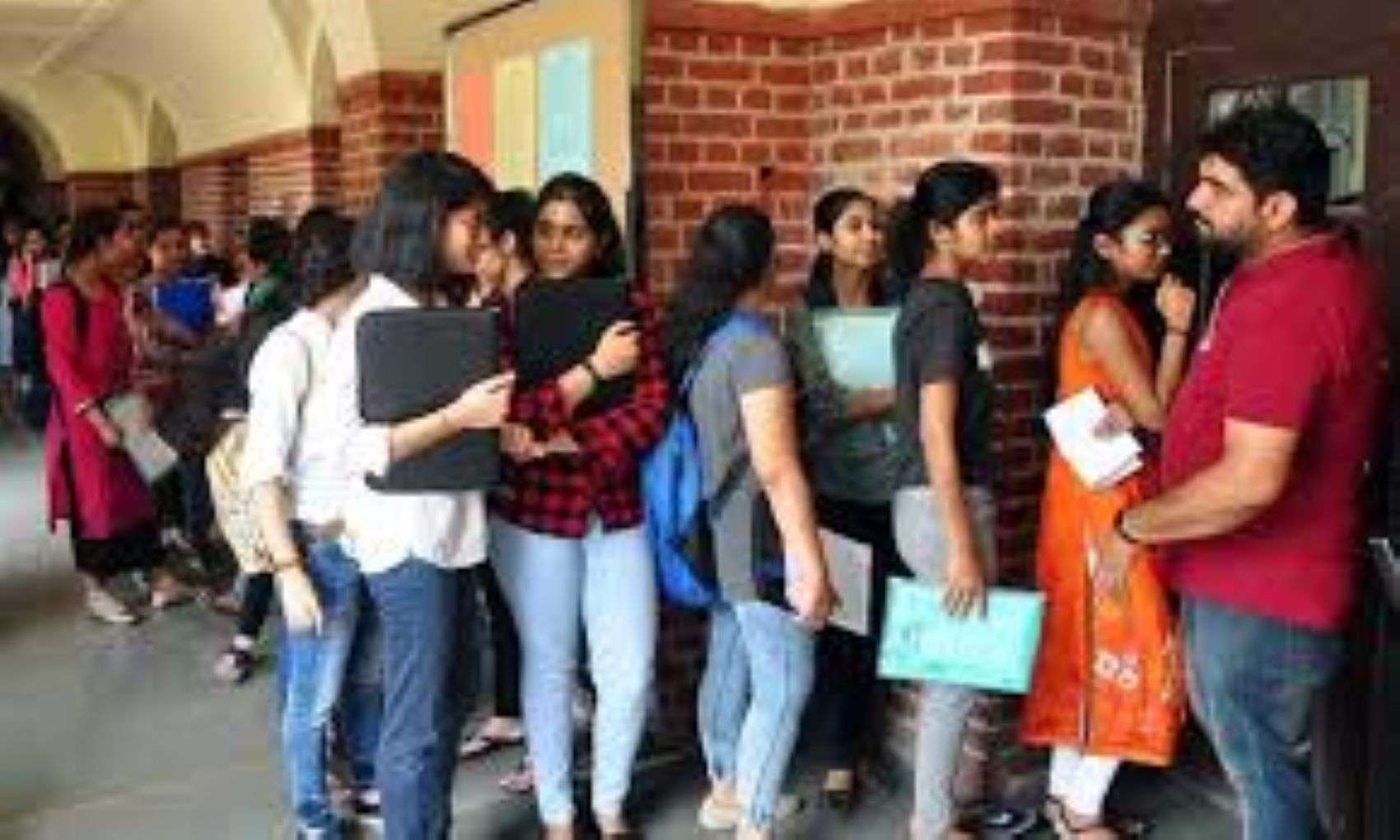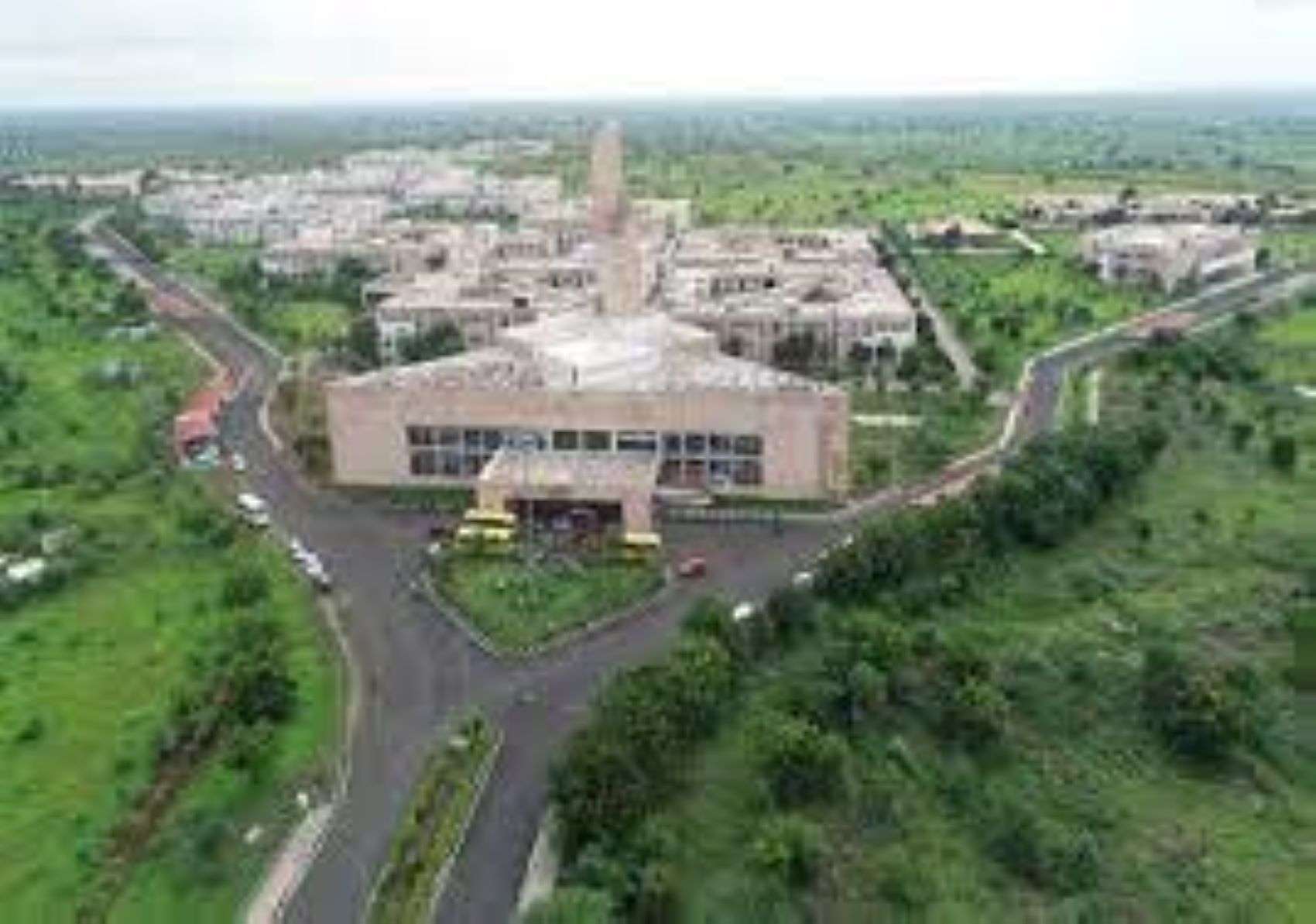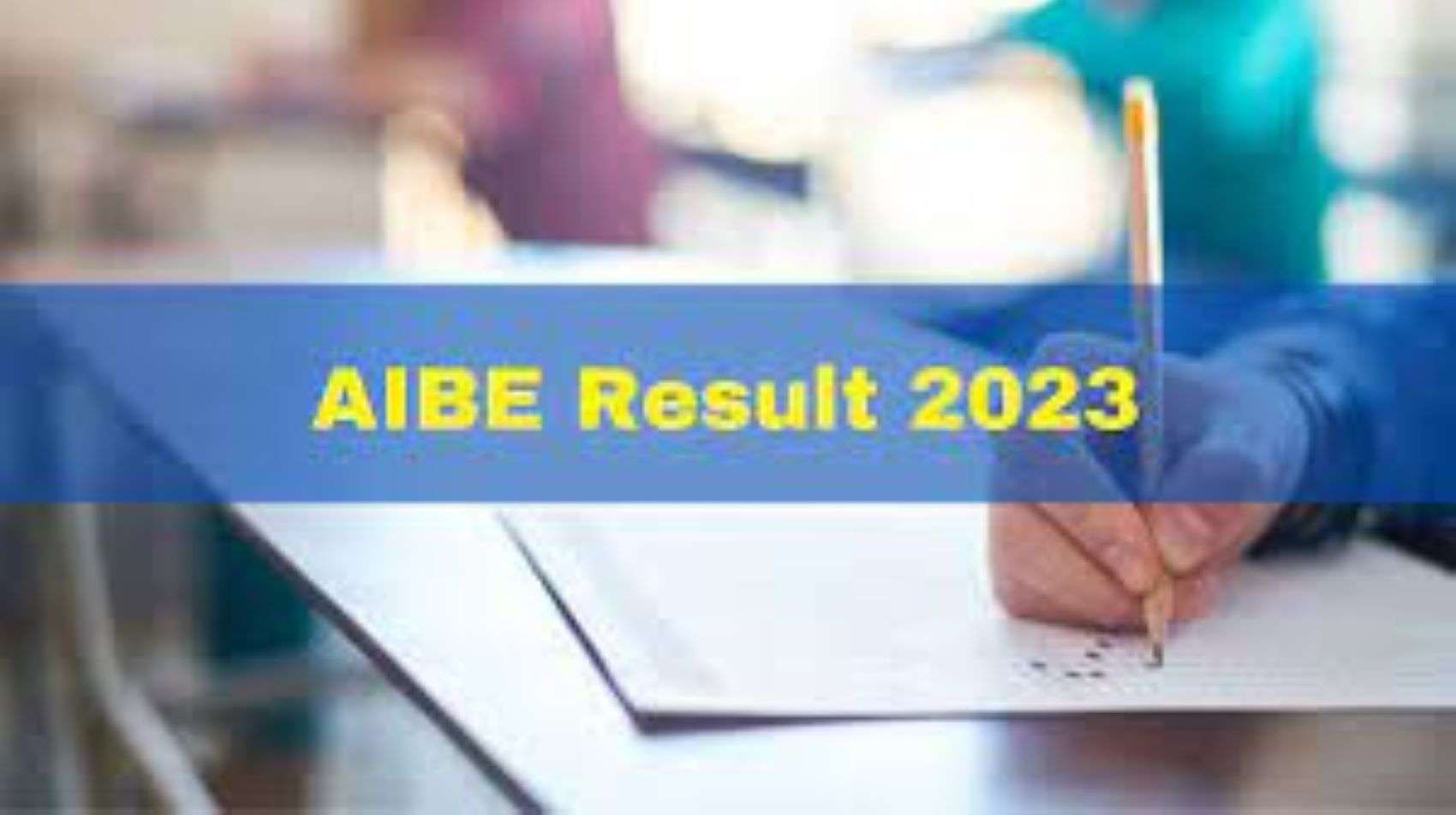The Goods and Services Tax (GST), implemented in July 2017, marked a significant change from the traditional tax linked to production to a tax based on consumption. The new regime included public levies such as VAT, sales tax, entry / subsidy tax, as well as central levies such as central consumption and service tax.
- The states have waived some of their tax rights in lieu of the Center transferring their revenue share under the GST regime and also compensating them for potential revenue losses in the first five years.
- The struggle between the Center and the States, which has intensified in recent weeks, involves the transfer of this participation and payments under the heading of compensation.

What does the GST include?
GST consists of a tax collected by the Center on the intrastate supply of goods and / or services called Central GST (CGST), and a corresponding tax collected by States / UT called State GST (SGST / UTGST) on these products and services.
- CGST and SGST are simultaneously taxed on each purchase of goods and services, with the exception of the exempt ones.
- The consumer pays a general rate under one of the main tax brackets (5%, 12%, 18% and 28%), half of which corresponds to the Center and the other half to the state where the consumption is made.
- Integrated GST (IGST) is the GST that taxes interstate transactions and exports / imports of goods and services.
- IGST is a combination of SGST and CGST and is first collected and managed by the Center, which then distributes it between the consumer state and itself.
- In addition, a compensation rate, ranging from 1% to 200%, is applied to sinful and luxury items such as cigarettes, masala bread and certain categories of cars, above the higher 28%.

How does it work?
- Take spoons and forks, for which the GST is 12%. A consumer will pay 12% of the price for spoons and forks if they buy from a manufacturer in the same state (intrastate transaction). Then, 6% will be the participation of the Center as CGST and 6% the participation of the State as SGST.
- For a wholesale transaction (B2B), the GST allows the seller to claim the input tax credit (ITC) by offsetting the tax payable with the tax already paid.
- For example, a manufacturer in Andhra Pradesh sells spoons and forks to a shop in Andhra Pradesh (intrastate transaction). The store owner pays 12% to the manufacturer.
- When a customer buys them from your store, they pay 12% GST on the final price. Then, the store owner takes the ITC for the 12% that he has already paid and presents the GST of 12% to the authorities, thus eliminating the cascading effect of taxes.
- Throughout the transaction, 12% GST is only applied once after using the ITC.
- However, if the spoons and forks are made in Andhra Pradesh and sold to a merchant in Maharashtra, the interstate transaction attracts 12% IGST (6% CGST, 6% SGST). IGST is compiled and compiled by the Center, and sharing with the consumer’s state occurs later.
- Now if a consumer buys from the Maharashtra store, they pay 12% GST (6% CGST, 6% GST Maharashtra). The store owner already paid IGST for the entrance.
- Since the GST is a destination-based tax, the state’s share in the IGST of the transaction should go to the consuming state, Maharashtra, and not to the exporting state, Andhra Pradesh.
- Therefore, the store owner can use the IGST as a credit to pay the CGST and the GST of Maharashtra.
- The final distribution of IGST is therefore between the consuming state (Maharashtra) and the Center, after offsetting the credit of the IGST payment previously made in the exporting state.

How are States compensated?
- Under the GST (Compensation to States) Act 2017, states are guaranteed compensation for lost revenue due to the implementation of the GST during a five-year transition period (2017-2022).
- Compensation is calculated based on the difference between current state GST income and safe income after estimating an annualized growth rate of 14% from the 2015-2016 base year. The high rate of 14%, which has worsened since 2015-2016, was seen as unrelated to economic realities.
- While chairing the first GST Council meetings, then Finance Minister Arun Jaitley proposed a revenue growth rate of 10.6% (the average growth rate for the entire India in the three years prior to 2015. -16).
- The minutes of the board meetings show that the suggestion of 14% revenue growth was accepted “in a spirit of compromise”.
How did compensation become a problem?
- Compensation payments to states have started to lag since October of last year, when GST revenues started to decline. The Covid-19 pandemic widened the gap, with GST revenue declining 41% in the April-June quarter.
- Although the 14% growth rate in tax revenue was worsened in the 2015-16 base year, revenue remained roughly the same for two years. As a result, the states protected monthly income, which was Rs 49,020 crore for 2018-19 and Rs 55,882 crore for 2019-20, has increased to Rs 63,706 crore in 2020-2021.
- During the current fiscal year, SGST income for July was Rs 40,256 crore, while the monthly protected income is Rs 63,706 crore, leaving a gap of Rs 23,450 crore (taking into account IGST regulation ).
- For April-July, only Rs 21,940 crore was collected as compensation, including Rs 7,265 crore in July. On July 27, the Center released Rs 13,806 crore to States for March 2020, closing the full payment for FY20 at Rs 1.65 crore. Compensation remains outstanding for the four months of that fiscal year ( April to July).
How is the dispute settled now?
- New tensions arose after it emerged that senior finance ministry officials reported the Center’s inability to compensate states in the near future, which was followed by the Indian Attorney General’s legal opinion according to which the Center you are not obligated to pay for a shortfall.
- It is known that the GA suggested that the GST Council may recommend that the Center authorize states to “borrow on the basis of future income from the compensation fund” and that the Center should take the “final decision on importation”.
- States like Punjab, Kerala and Bihar are not in favor of being asked for a loan to bridge the income gap, which will then be paid back by the compensation fund.
- They consider that the income of the compensation fund is probably too low to cover the shortfall, let alone to repay the states on loans. They suggested raising tax rates or termination rates, or bringing more items below the 28% bracket and compensating for termination.
- The remainder of the income gap, the Punjab suggested, can be bridged with market loans by the Center which can then compensate states. On August 1, Finance Minister Nirmala Sitharaman said the Attorney General’s opinion on GST compensation had been sought after consultation with states and that a GST Council meeting would now be held to discuss legal advice. A GST Compensation Board meeting was scheduled for July, but it did not. It should take place soon.










More Stories
Registration for CLAT 2025 begins today; last date October 15
CLAT 2025 registration will begin on July 15
Delhi University 5 Year Law Programs Registration Begins